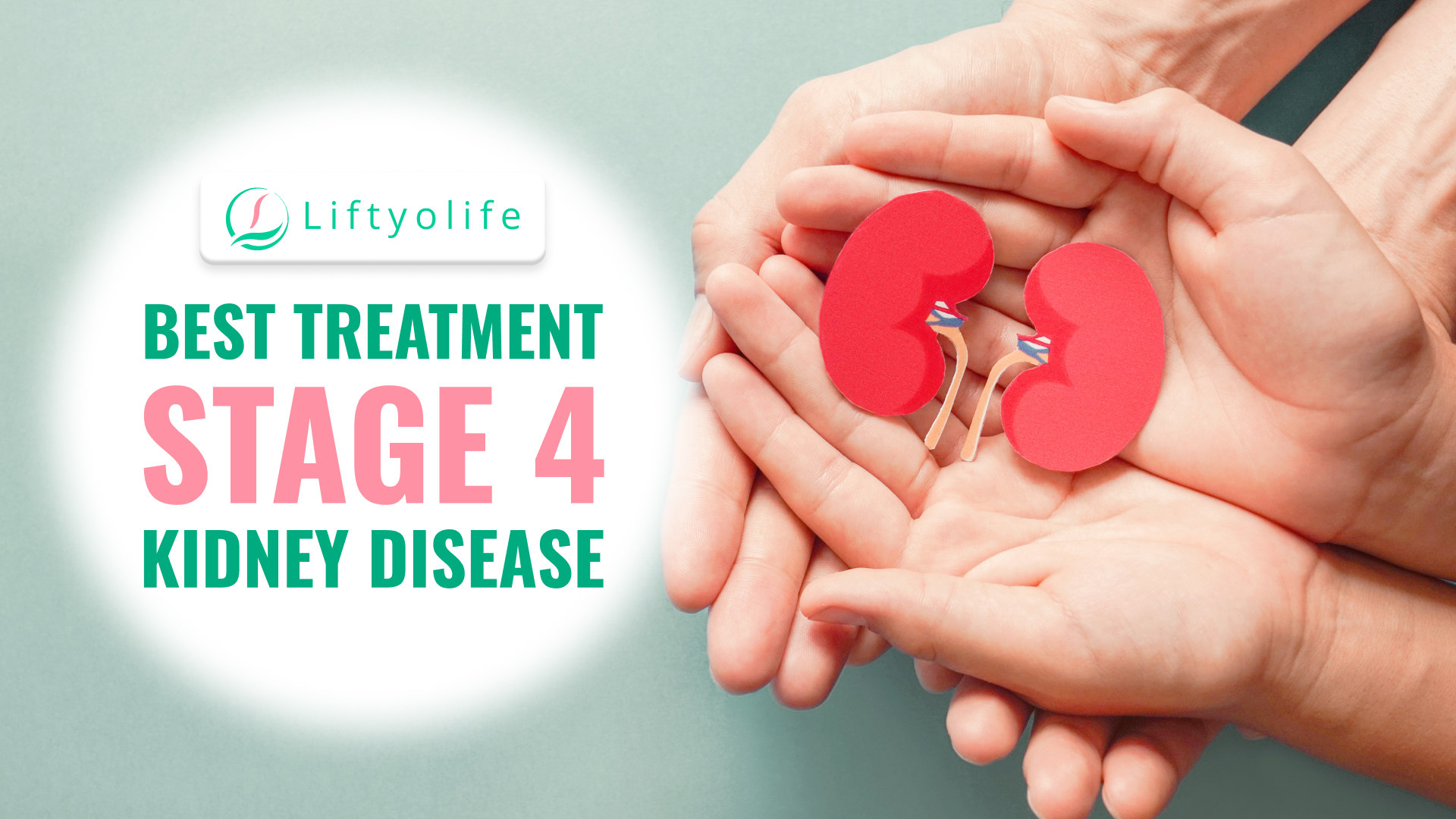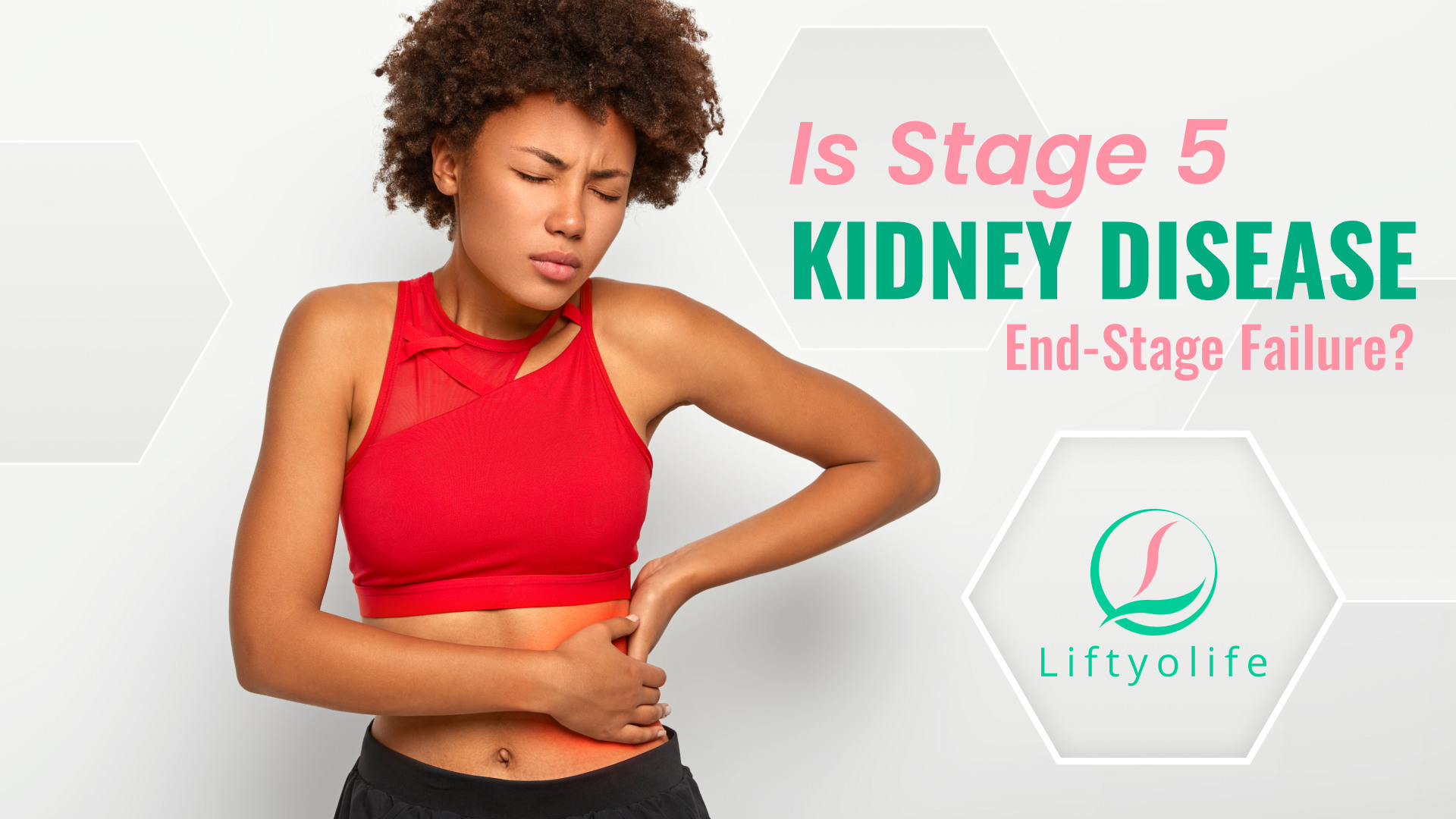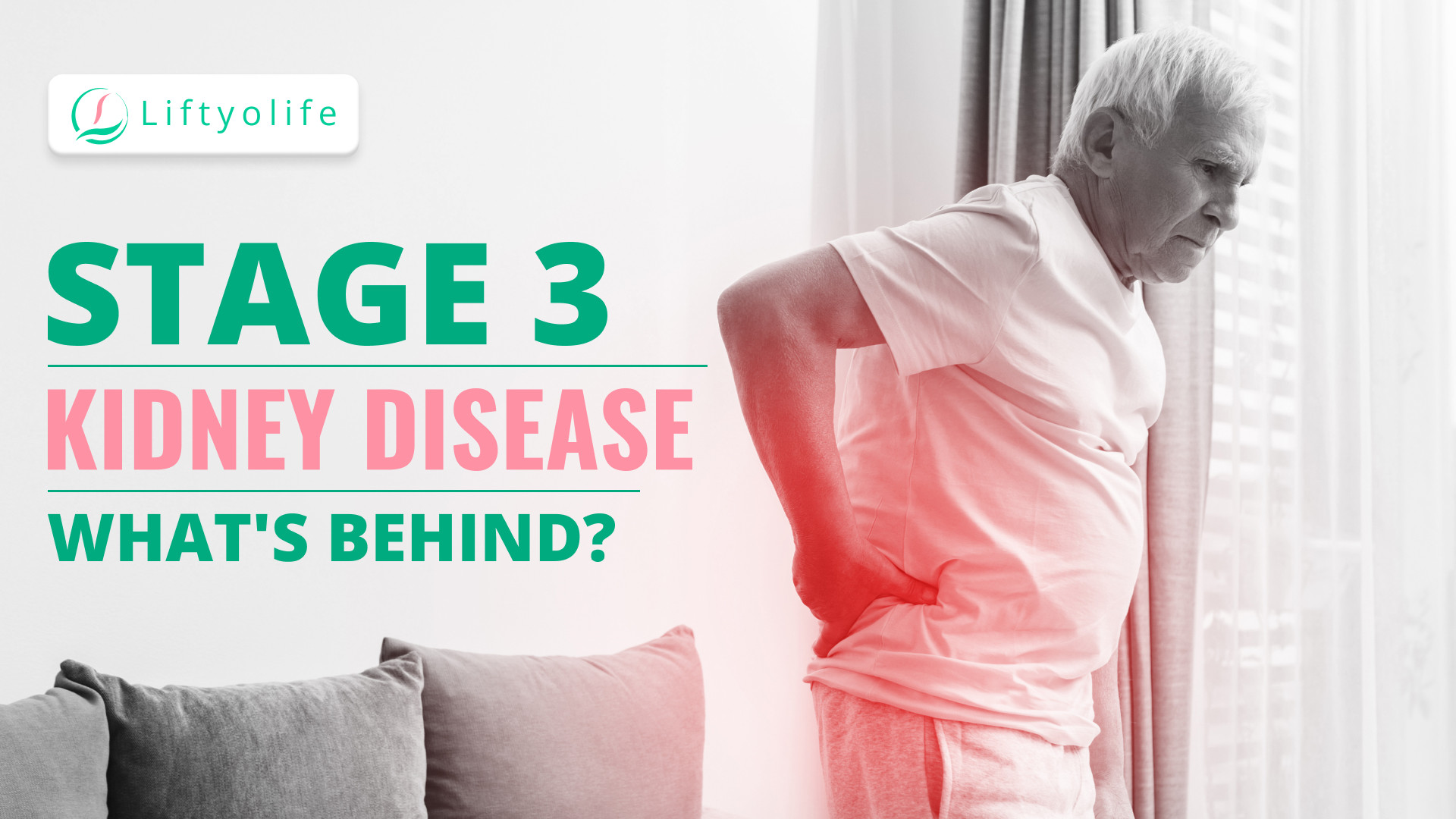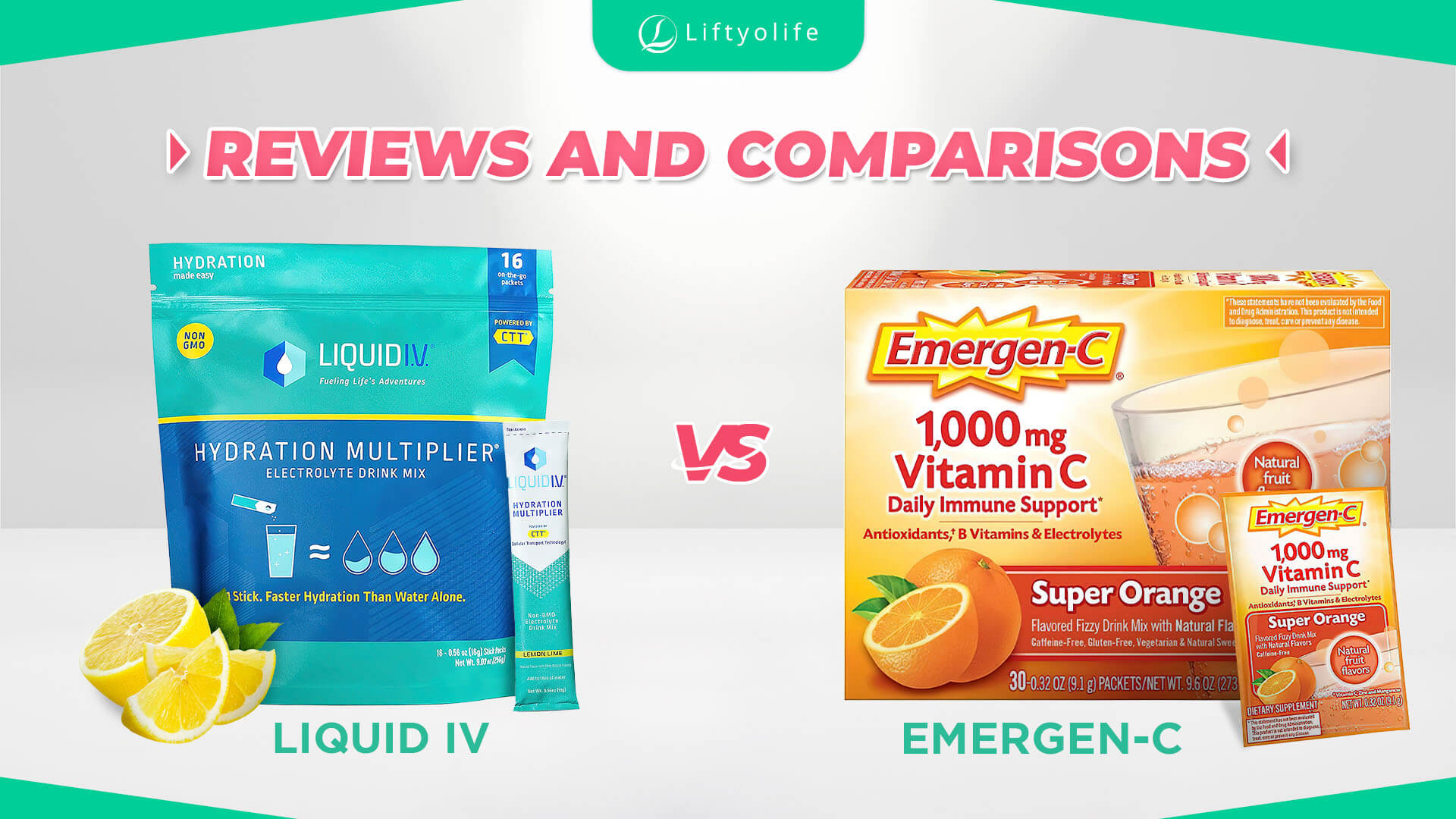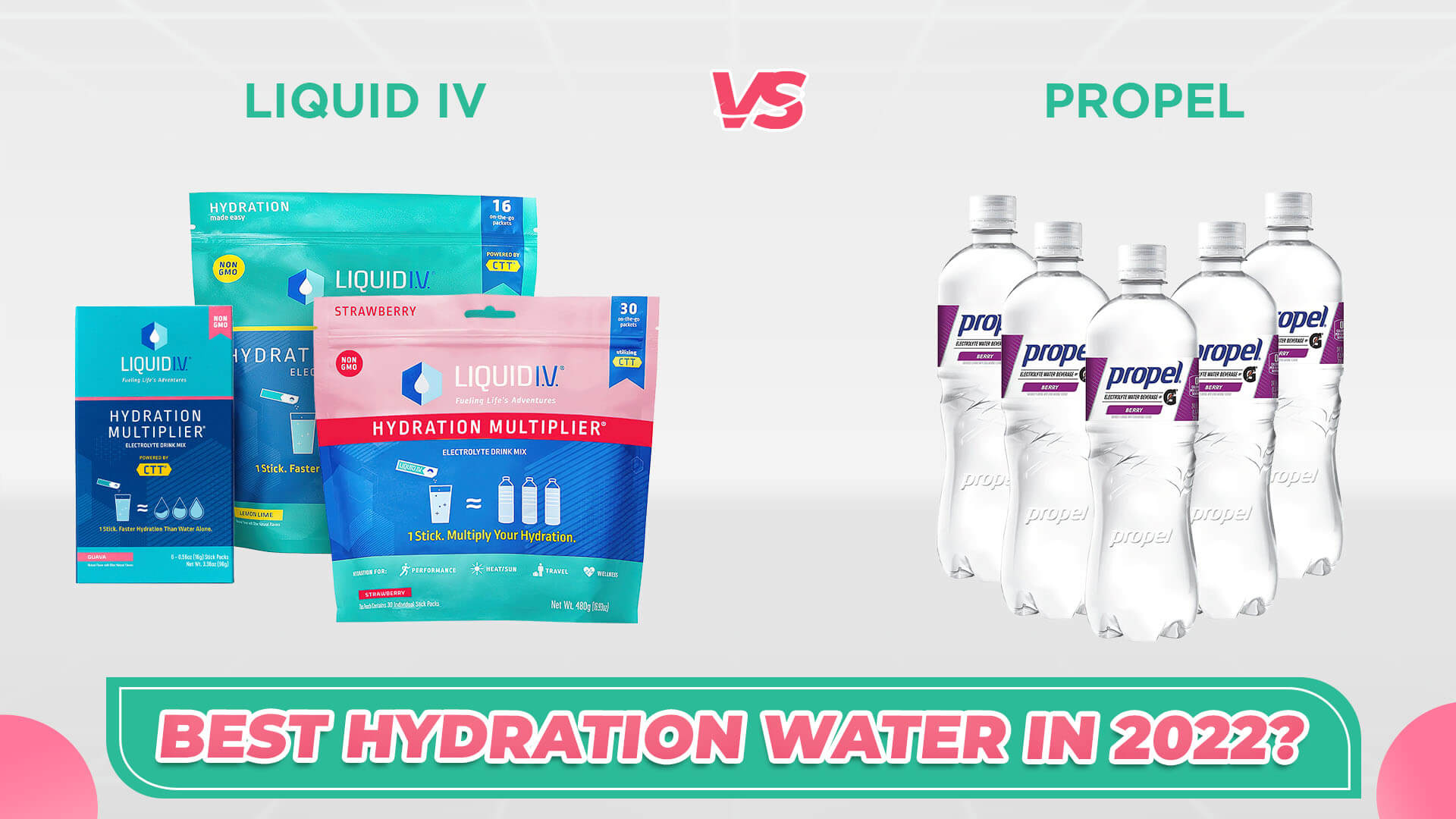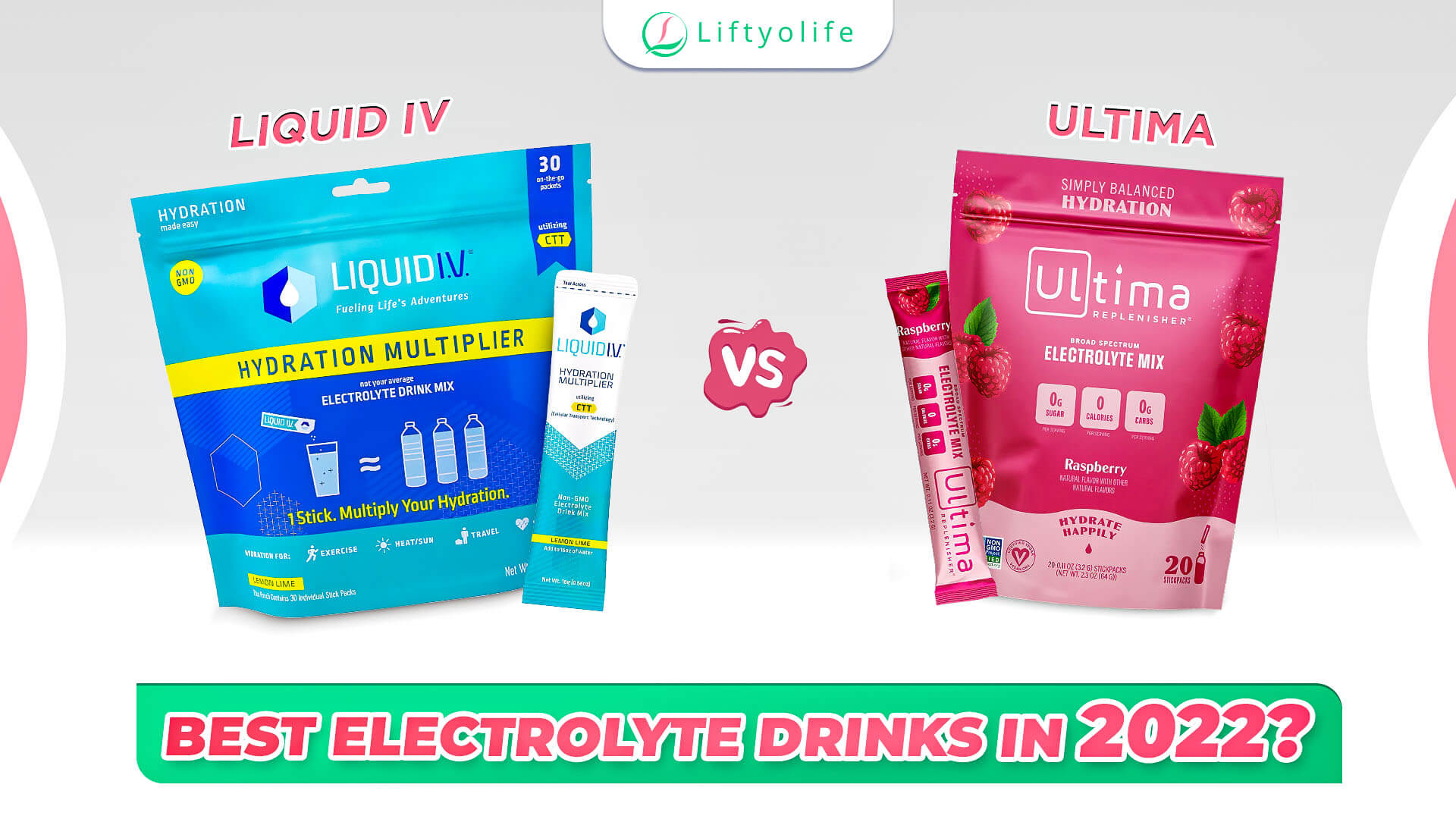COVID Vaccine For Kids And Teens: What Parents Need To Know
While children rarely get severe illness from COVID-19, the coronavirus can make children sick and hospitalized. In some cases, the complications from COVID-19 can lead to death. So, parents across the U.S worry about the COVID vaccine for kids and whether CDC allows children to get the vaccine or not. Liftyolife (liftyolife.com) will show you the answer.
Please note: All the information here is from trusted sources, including the CDC, FDA, and WHO.
1. Are our kids and teens allowed to get vaccines?
Pediatric cases of COVID-19 accounted for 16.6% of total cumulative cases. Although the death cases in children are 0,00% to 0,26% in total, children can spread the coronavirus to the surrounding people. Thus, vaccination and other measures can protect children from COVID-19 as well as achieve herd immunity.
1.1. Children aged 5 to 11
On November 2nd, 2021, the Centers for Disease Control and Prevention (CDC) stated that children ages 5 – 11 could receive the Pfizer-BioNTech pediatric vaccine (1). CDC’s new action is to control the pandemic, especially when the Delta variant is a dominant coronavirus in the U.S.
FDA shows that the effectiveness of the vaccine is 90,7% in preventing the COVID-19 in children ages 5 – 11 (2). Acting FDA Commissioner Janet Woodcock, M.D said, “Our comprehensive and rigorous evaluation of the data pertaining to the vaccine’s safety and effectiveness should help assure parents and guardians that this vaccine meets our high standards.”
1.2. Children 12 years and older
The CDC recommends the vaccination for children 12 years and older to protect them from COVID-19 (two doses of vaccine). If your child has not yet been immunized, consult with their doctor about getting them vaccinated as soon as possible.
2. Should we immunize our children?
The reason why we should immunize our children is a higher-than-expected number of children who got COVID-19. As of October 28th, 2021, about 6,4 million children tested positive with COVID-19. Nearly 101,000 news cases are reported through this week compared to 252,000 cases in the pandemic peak in the week of September 2nd. The new cases of pediatric patients with COVID-19 reduced; however, it is still a high number of newly diagnosed children.
The data report is from April 23rd to Oct 28th, according to the American Academy of Pediatrics (AAP).
Moreover, COVID-19 outbreaks forced the school to close, affecting more than 1,2 million students about education gaps, anxiety, and depression. In a Gallup poll last May, nearly three-tenths of parents said the pandemic affected the emotional or mental health of their child, with 45% citing the separation from teachers and classmates as a “major challenge.” According to the National Association of Elementary School Principals, nearly 70% of school principals polled in early 2021 said they couldn’t meet their students’ mental health needs with the staff they had.
Thus, vaccinations of children and adolescents can protect them from severe effects of COVID-19, including hospitalization, mortality, and emotional and social effects in the context that schools open in-person classes. Moreover, the rising immunity will reduce the chances of spreading coronavirus from children to the vulnerable adults in their families.
3. Get the COVID vaccine for kids as soon as possible
The federal government is administering the COVID-19 vaccination free of charge to all those living in the United States. Check with your child’s healthcare provider to see whether they offer the COVID vaccine for kids or not.
3.1. Type of vaccines
What is the type of vaccine that kids and adolescents can receive?
Children ages 5 – 11 will receive the Pfizer-BioNTech pediatric vaccine, which is about one-third in comparison with the doses of adults. Thus, the vaccination will be administered using smaller needles and packed in smaller bottles to avoid cross-contamination with adult doses. About adolescents aged 12 and older, they can receive the same dosage of Pfizer-BioNTech as an adult. Three weeks after the first dose, children can get the second dose of the Pfizer-BioNTech vaccine.
Here is the recommendation of getting COVID vaccine for kids and adolescents from the CDC (3):
3.2. Possible side effects
COVID-19 vaccinations are being evaluated for safety using the most extensive and intensive safety monitoring program in U.S. history. After the vaccinations are permitted or licensed for use, the CDC monitors the safety of all COVID-19 doses, including the risk of myocarditis in children aged 5 – 11 years.
Children may experience possible side effects after receiving the COVID vaccine are fatigue, headache, chills, fever, muscle and joint pain, nausea, and decreased appetite. A severe allergic reaction, like anaphylaxis, may happen after any vaccine, but this is rare.
4. How to protect unvaccinated children?
With children ages 2 – 4 years old, the best way to keep them safe is about prevention. Dr. Maria Van Kerkhove shares in WHO’s conversations in science that: “The comprehensive package of interventions that you hear us talk about all the time apply to children as well.” So, make sure that they wear the mask appropriately and don’t touch the outside of the mask. Clean your children’s hands frequently with soap and water, or use an alcohol-based hand rub.
Covid vaccine for kids are necessary since the benefits of getting a vaccine are to overcome some side effects. The advice from Liftyolife (liftyolife.com) is to check with your child’s health care provider and immunize as soon as possible to protect themself as well as help stop other variants from emerging.
==> Read More:

